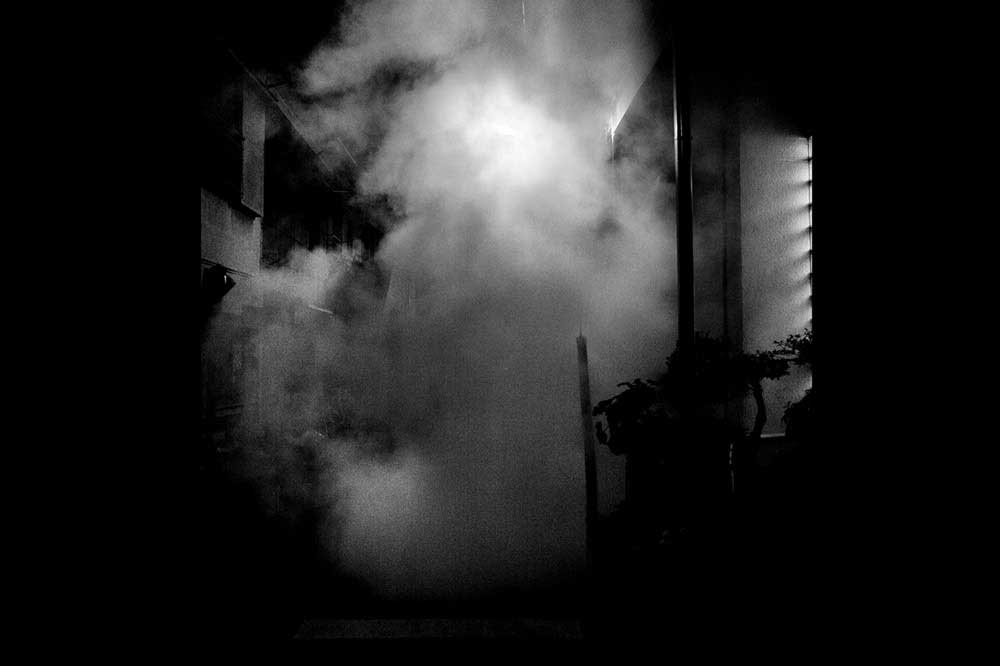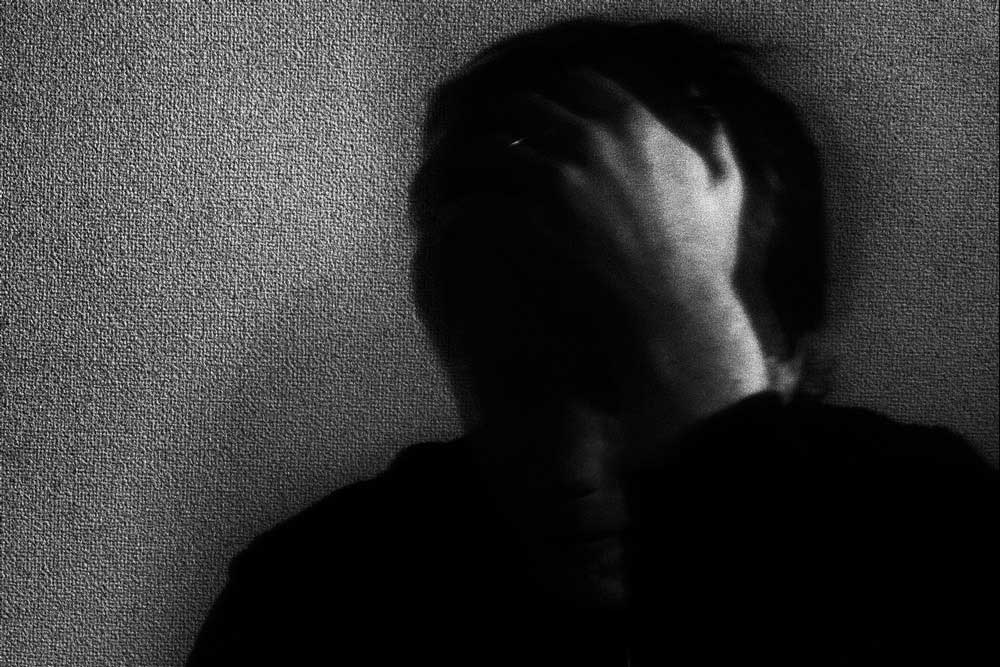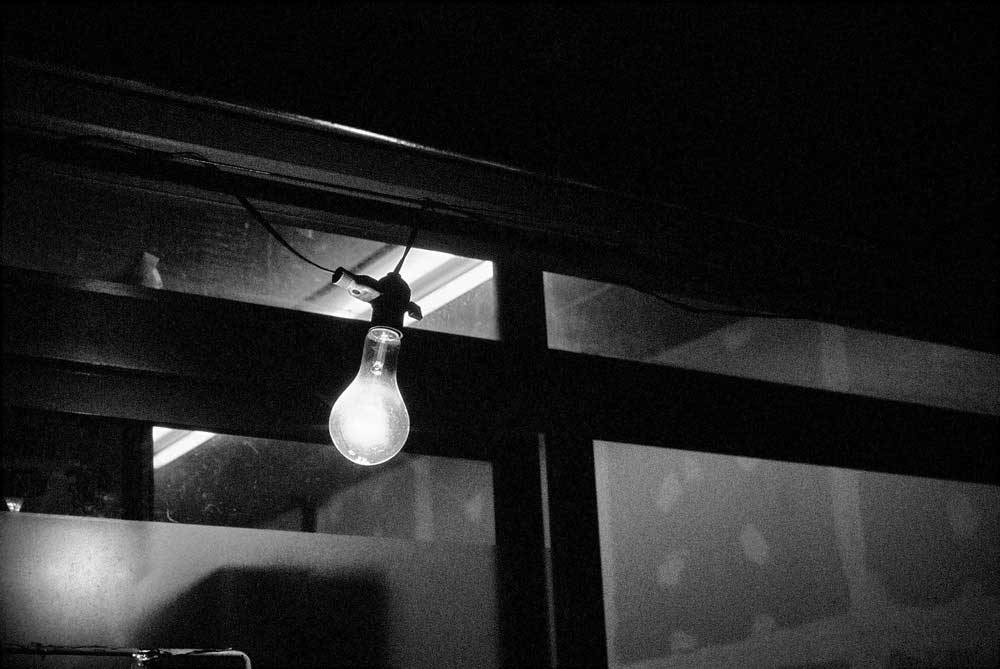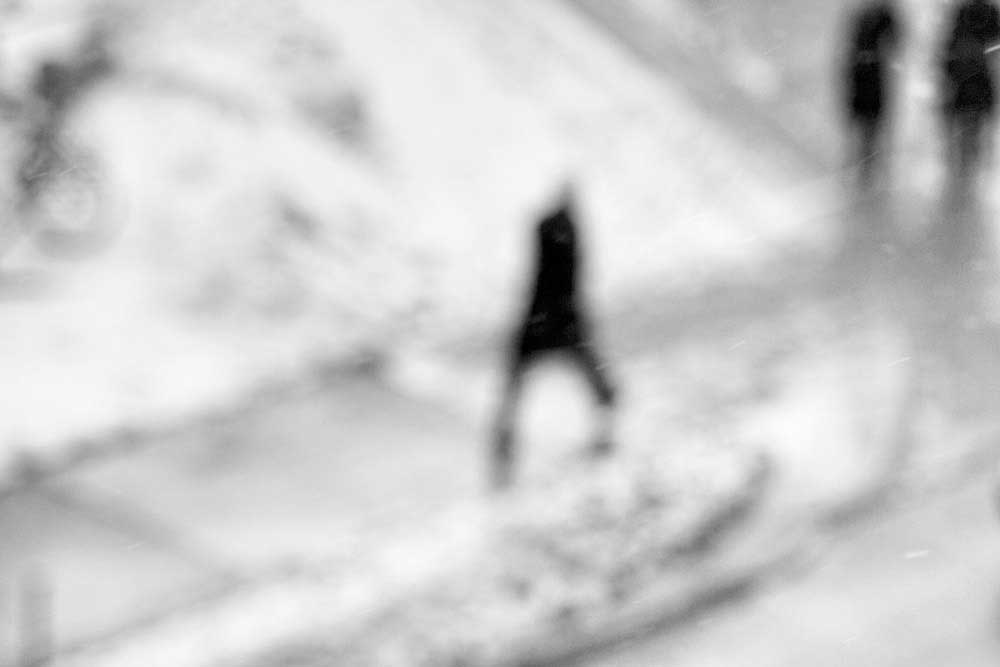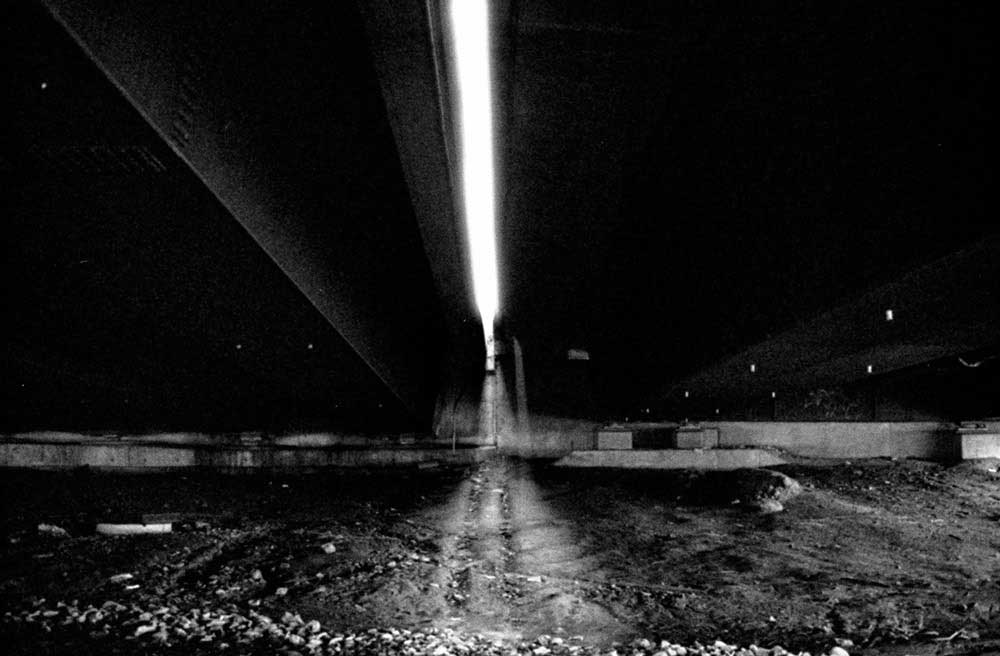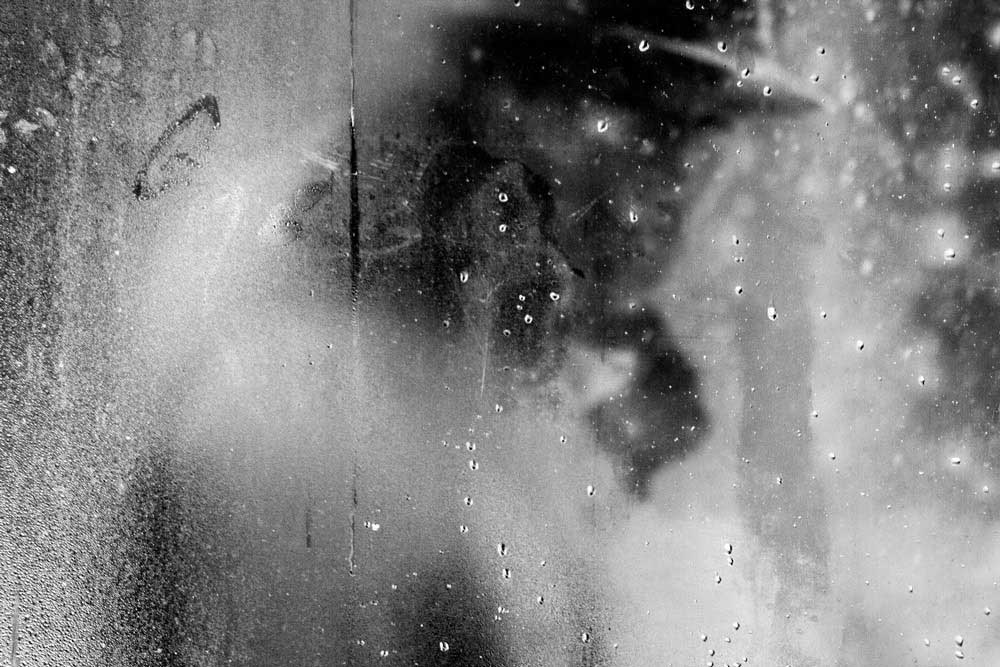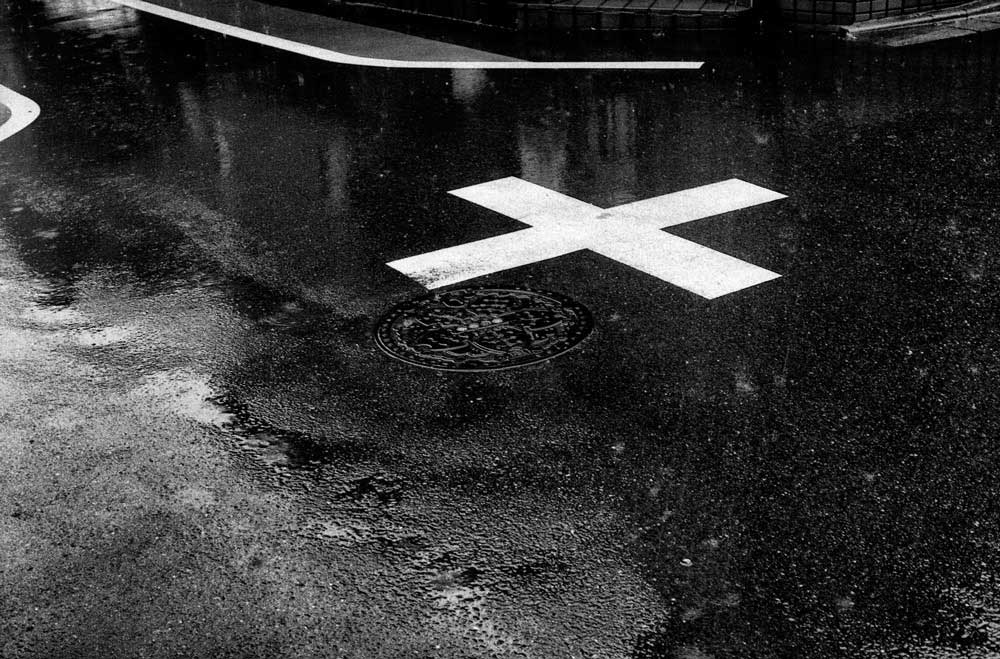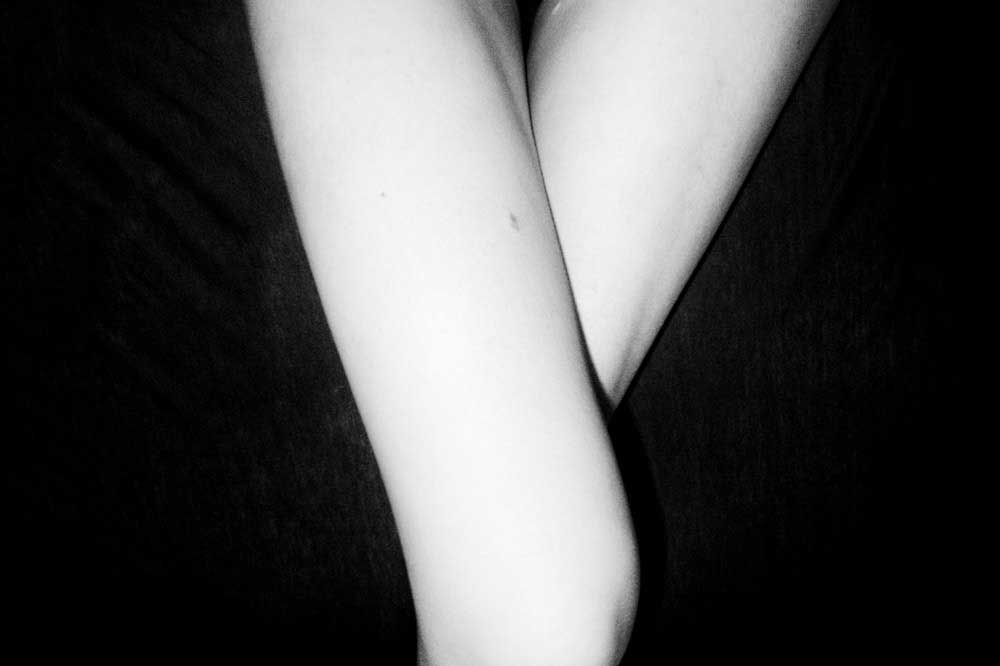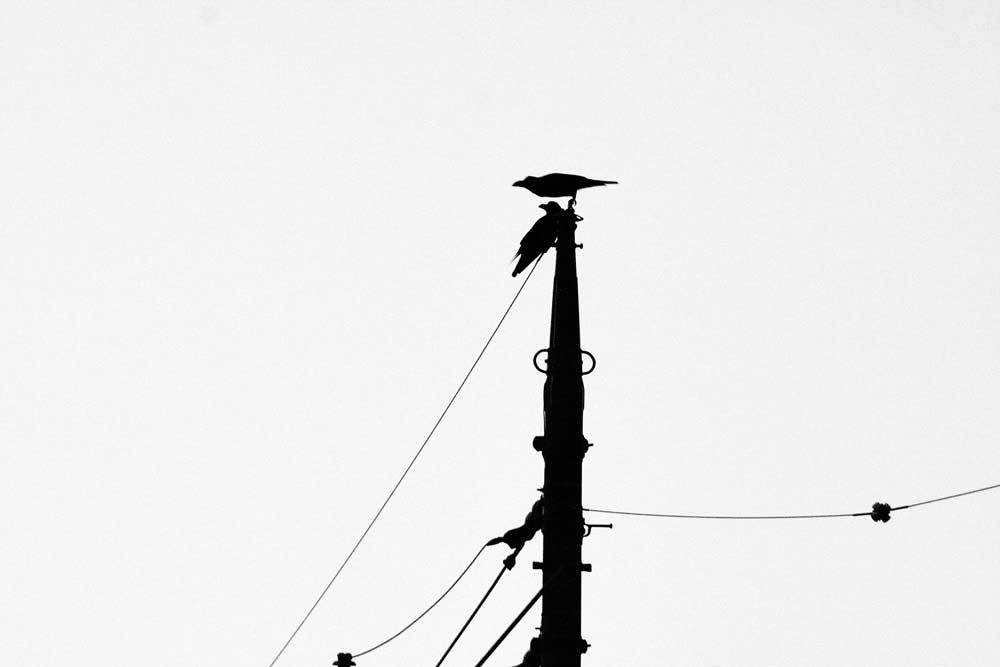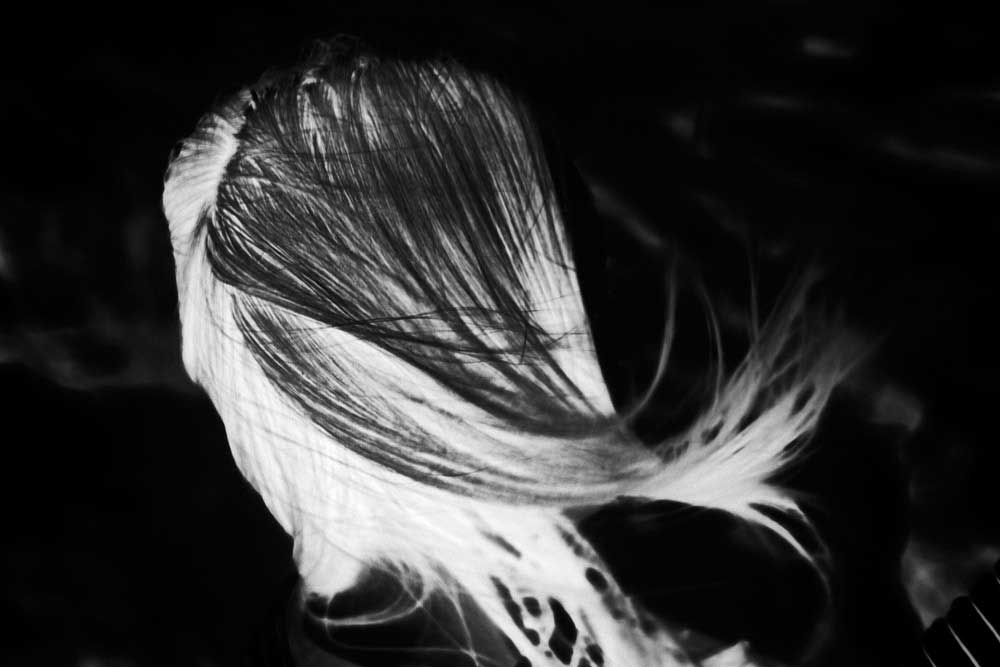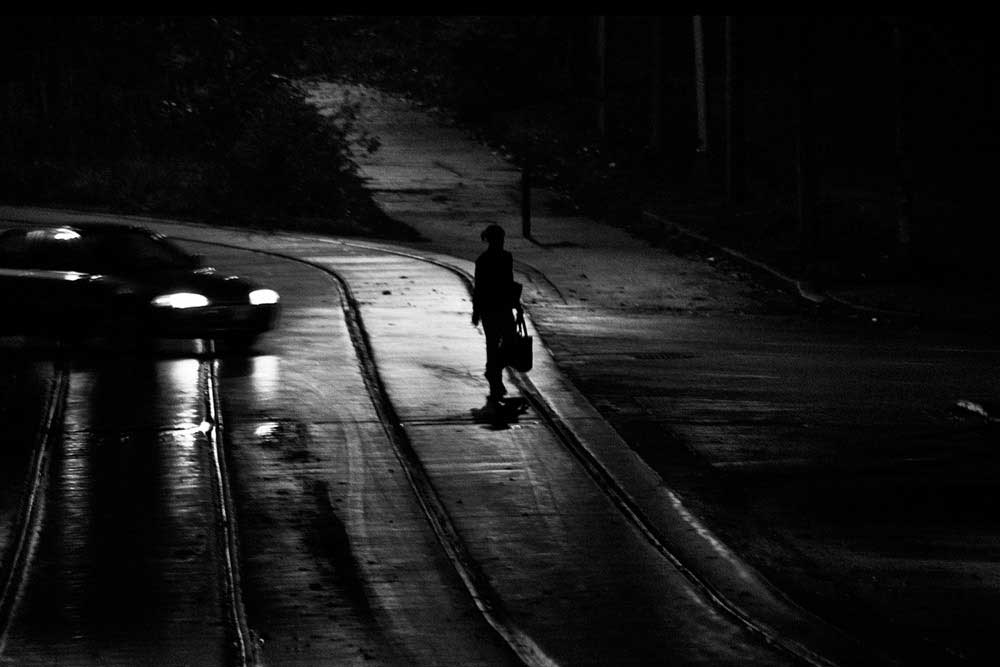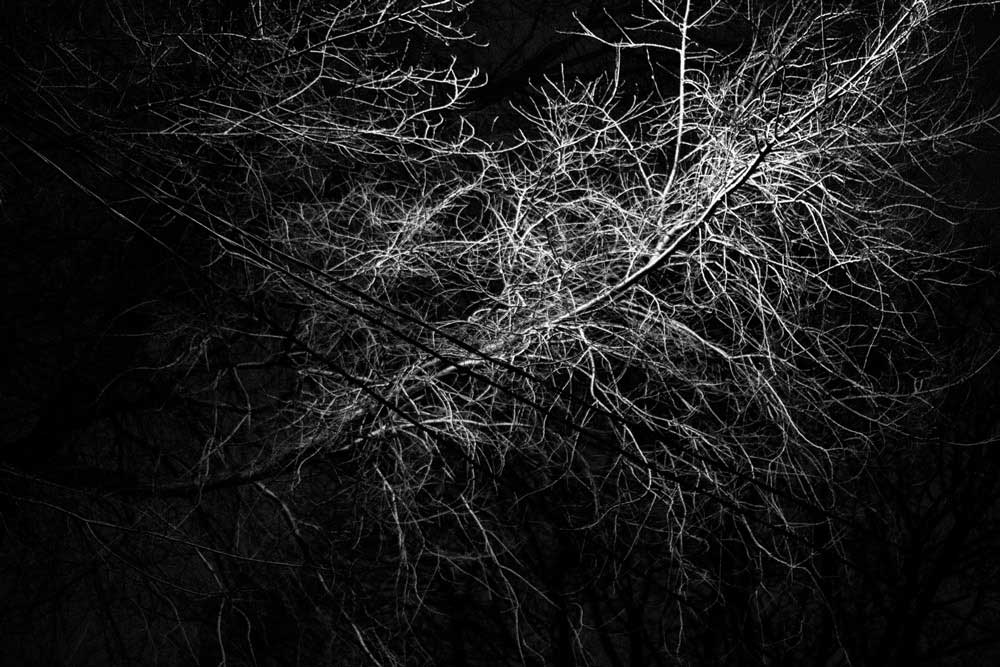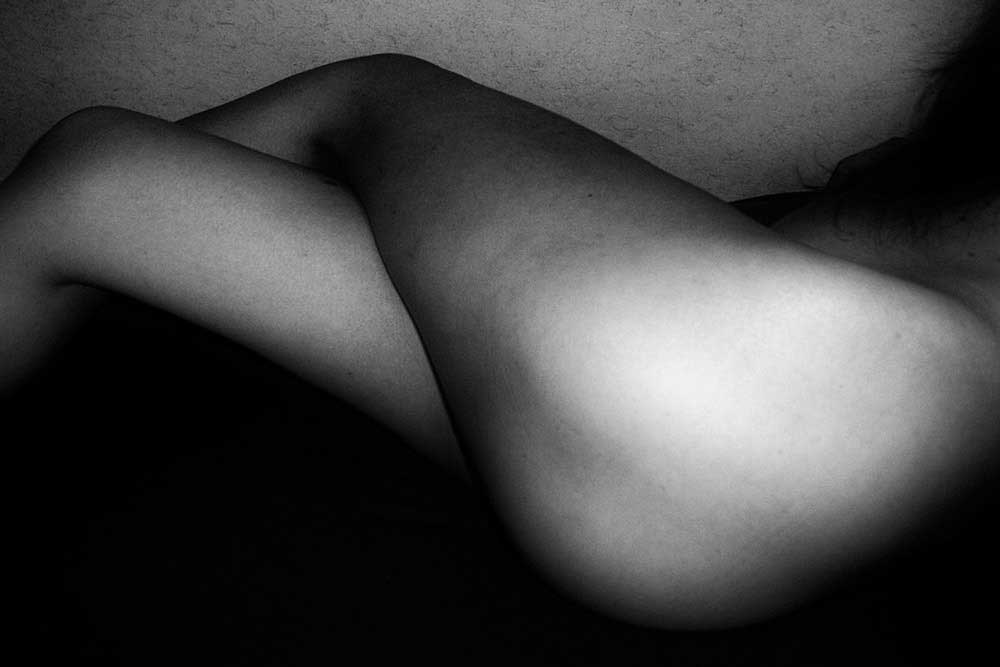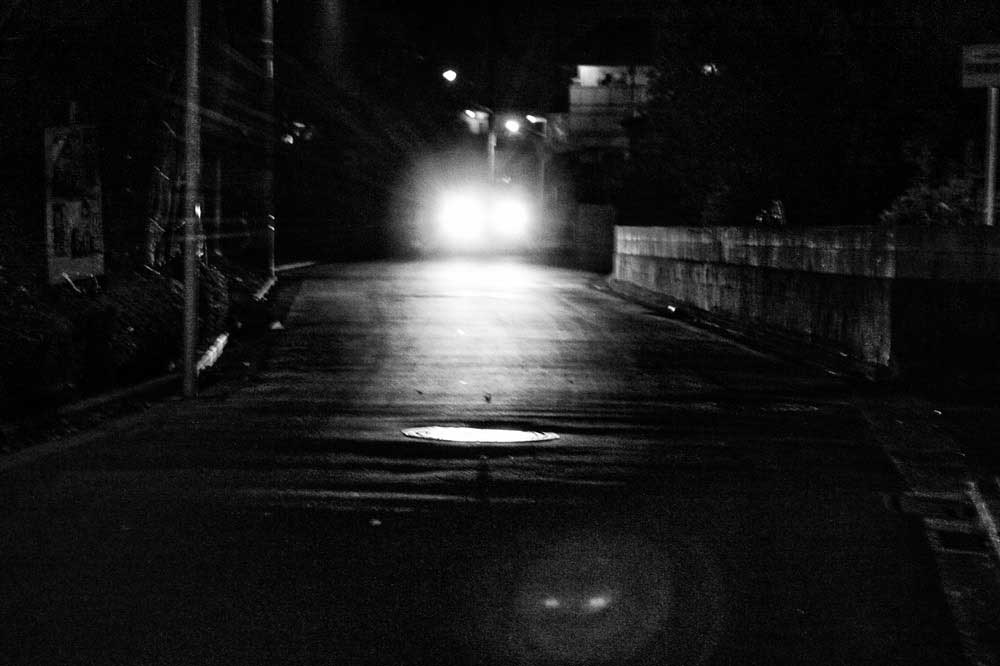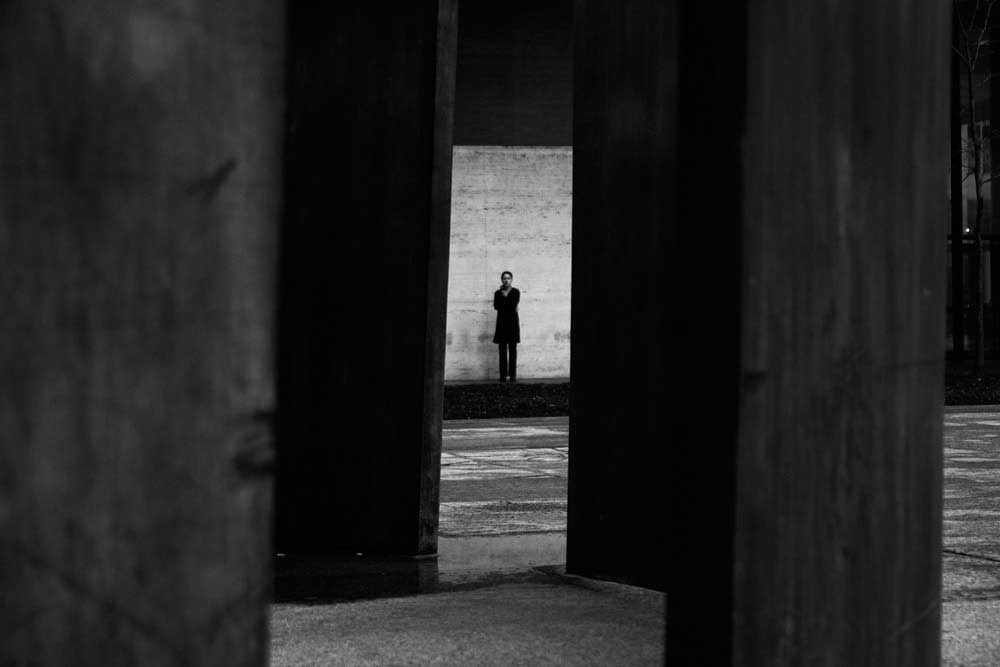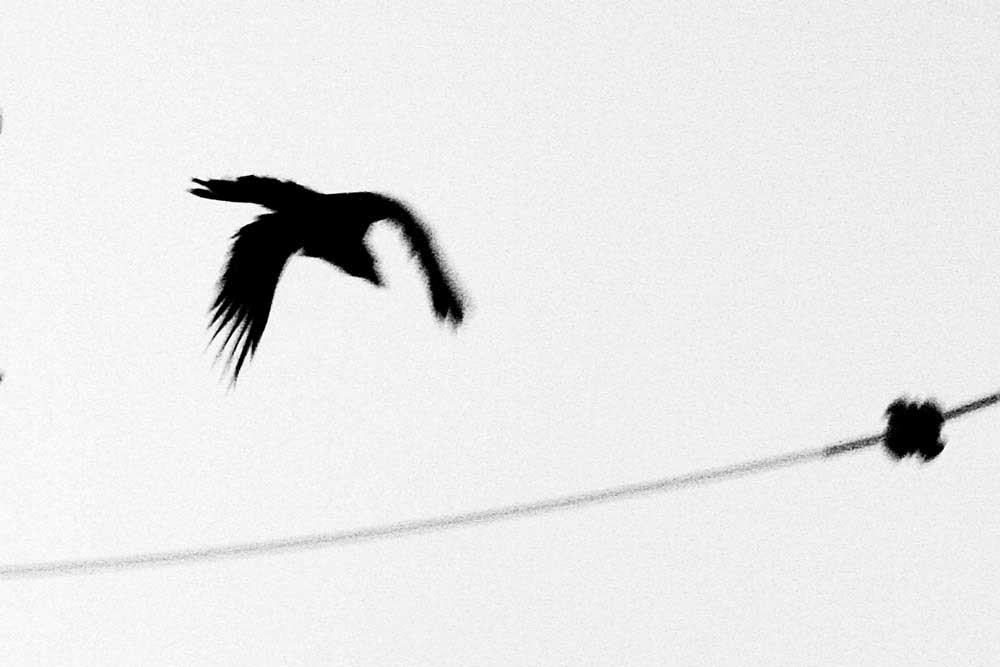Some pain can’t be shared, some truths can’t be acknowledged. In his artists statement Philip LePage states: “25 years ago I woke up in a hospital with no memory of how I had gotten there.
A Certain Distance is an ongoing series of images exploring the things I haven’t been able to say to anyone. I repeatedly think that these aren’t the images I want to take. That this is a story I do not want to tell. Life now is often measured in the time between cigarettes. This was not the first time, nor the last, and maybe that is what makes it so difficult”.
Dysthymia presents itself differently depending on person. But, it is characterized by a chronic low level depression that has lasted for two or more years. Imagine having a bad day, nothing dramatic, just one of those days. Imagine how it influences the choices you make, how you interact with the people in your life, how you feel about your surroundings, what it does to your view of yourself. Now imagine that every day was like this, that this was the best you could hope for. What do you think your life would become? This is dysthymia.
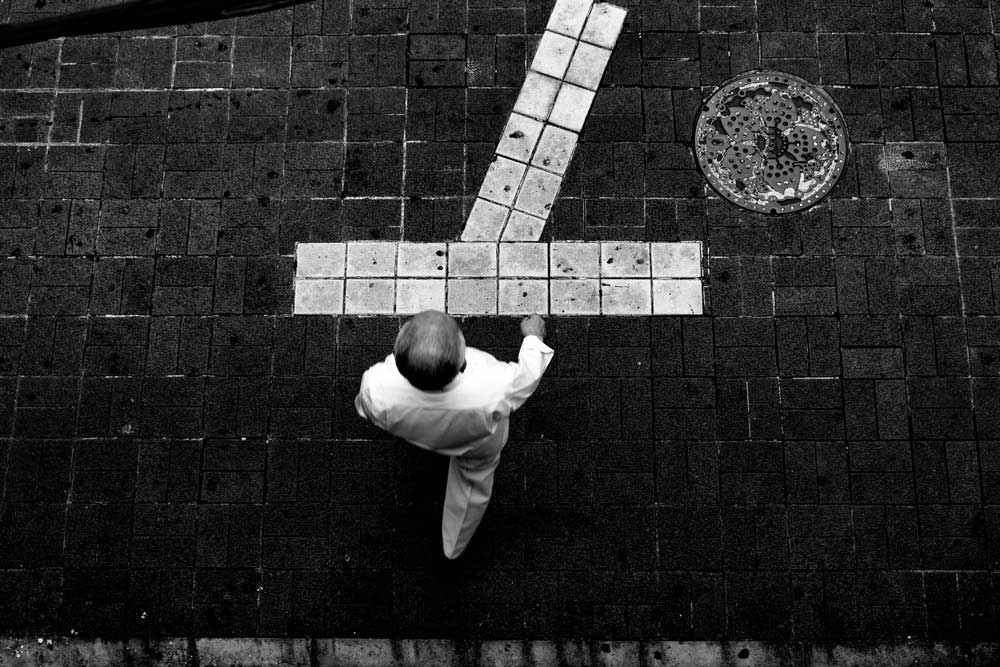
Often identified as a personality trait and not an illness, people with early onset dysthymia are able to hide their symptoms in many social situations. There is a catch 22 situation in knowing you are sick intellectually but, emotionally being unable to remember anything else. You identify as your illness. For many this also means accepting major depression, anxiety and other personality disorders as an inevitable part of their daily lives. The cumulative effects of these co-occurring conditions pushes them to the periphery of society. The isolation becomes a kind of deliberate un-belonging. A vicious circle where by, in protecting themselves, they are also trying to protect those they love from themselves.
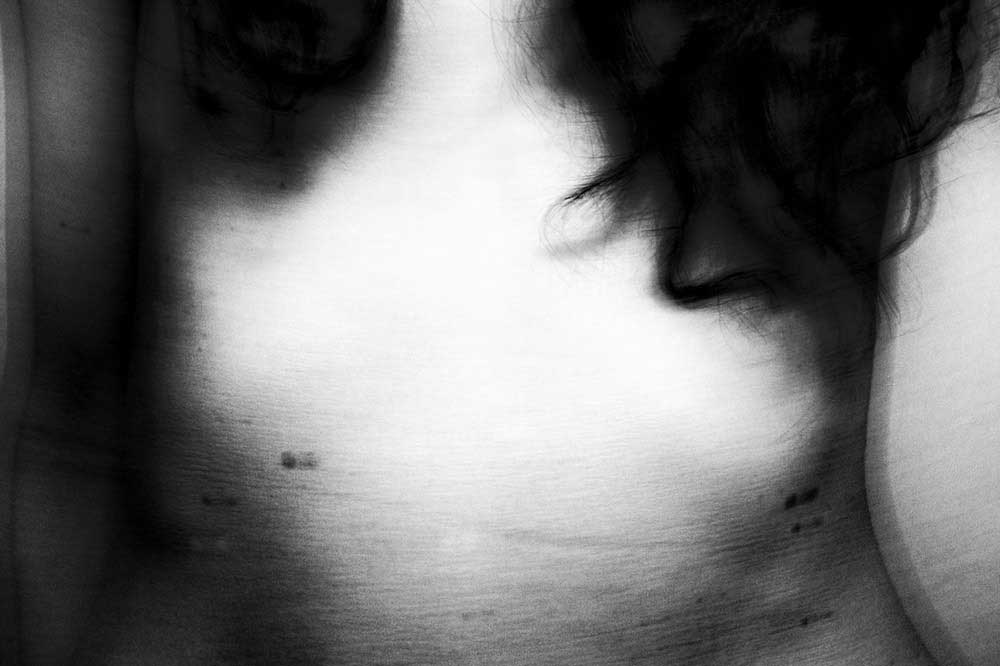
In his artists statement he writes, “I didn’t realize that in trying to hold things together I would make it even worse. That the distance I needed to maintain the fantasy would slowly separate me entirely from the people I love. It is impossible to have a connection to someone who can’t connect”. Philip says, “You slowly become more and more complicit in your own isolation”. Dissociative disorders involving breakdowns of memory, consciousness, awareness, identity, and/or perception become the norm. Philip describes this dissociative detachment as “I feel like I am becoming a ghost of myself, that someone else lived my life”.
The images in this series are in some ways fragmented. Lives that no longer exist and disjointed memories that can’t be trusted mix with now. The myth we perceive as ourselves. Philip writes; “They exist in that contradictory space between what I know and what I feel. They are not the whole of the story but are some of the pieces I am trying to hold on to, to make sense of and put back together”. This is not a fantasy world. These are images of a life lived through the veil of dysthymia. A life where daily survival often comes at the cost of the things you most long for, basic human relationships. The belief that this loss is both inevitable and your own fault.
The artist believes that as more and more people speak out on the effects of living with mental illness it will allow them to define a new identity based on who they are and what they have accomplished, not just what they suffer from. Mood disorders make the world smaller, you become trapped inside this slowly shrinking anorexic space. There is a strength in owning something, in speaking out. It allows you to step out of that space and for the possibility of new doors opening. It allows for hope. Philip says, “There is nothing romantic about this. No way to present it as a positive. But, I refuse to be defined by an illness. I am, and have always been, more than this”.
A Certain Distance is an ongoing project.
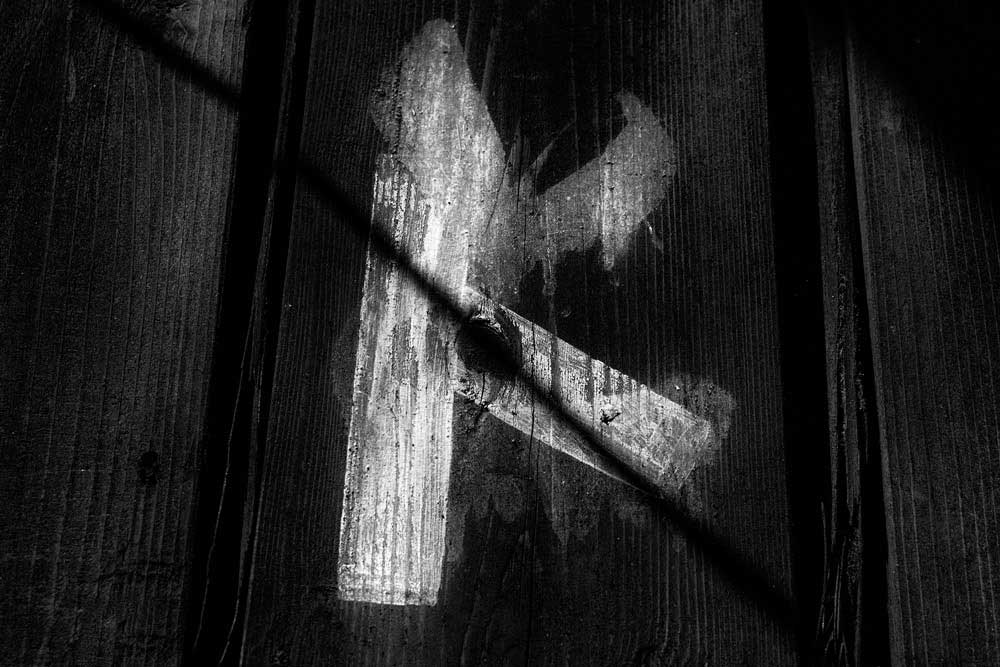
About Philip LePage
Photography for Philip LePage is a journey between two worlds. A middle ground that separates and joins at the same time; a liminal space. When asked why he takes photos he explains it began as way to spend time with someone he loved. For Philip it was a shared activity, a way of exploring the world and comparing views and discoveries. “I thought of it as a conversation we could have that would continue to develop through the years. A way of expressing ourselves and hopefully deepening our connection”. The relationship ended, but the journey with photography continues. “I am just no longer sure who I am talking to”, he jokes. Philip LePage (1996 BA Art History) was born in 1969 in Northern Canada but left in 1994 and remained in Europe and Asia for 13 years. He currently lives on Prince Edward Island, Canada. [Official Website]
